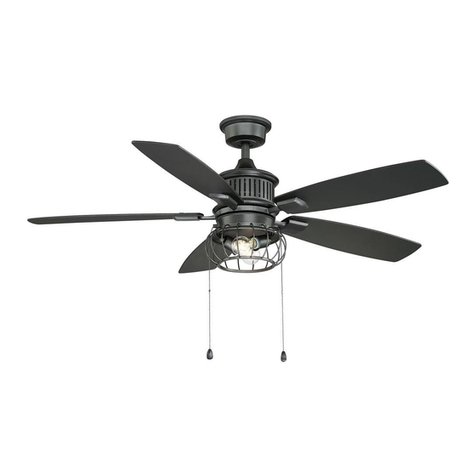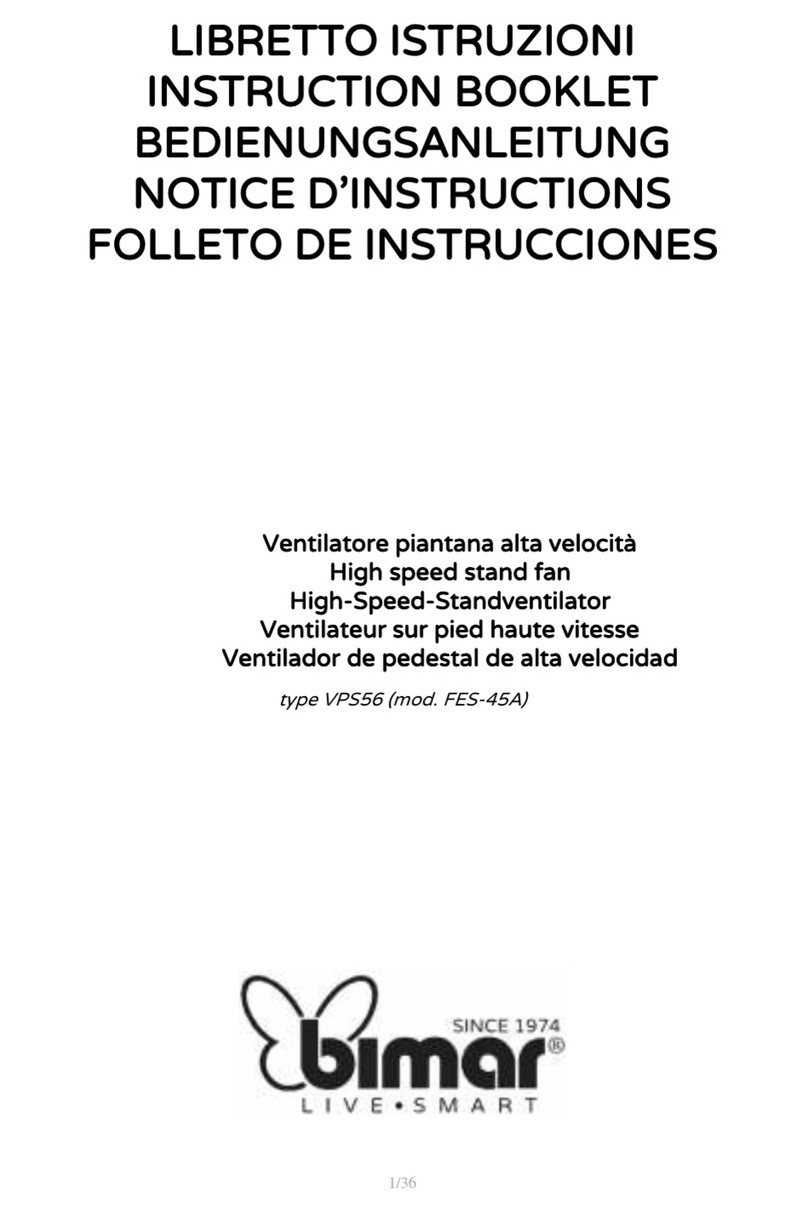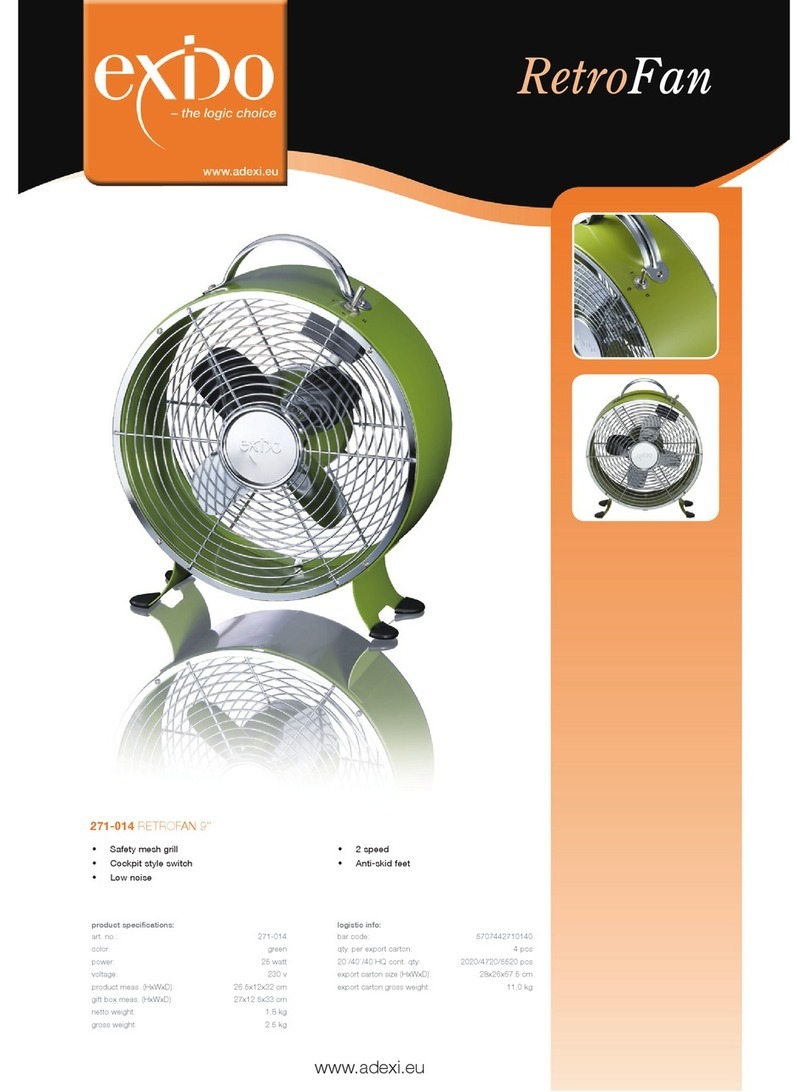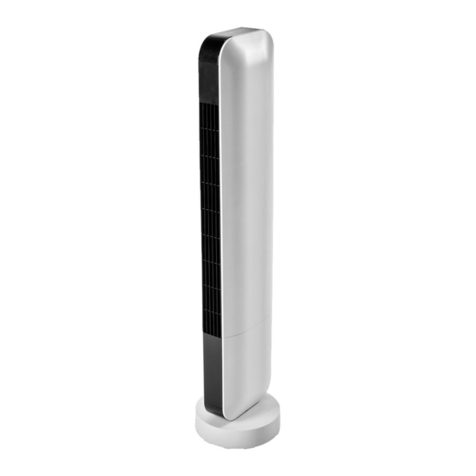metrofires DV Wall Kit User manual

IMPORTANT NOTE –
Applications for installation of Metro Direct Vent models
in the Christchurch City Council area are to have fees
charged as for minor internal alterations instead of the
usual solid fuel burner fee.
Information to be provided by applicants is to include
flashing details for external wall penetration appropriate
for the construction showing compliance with the NZ
Building Code. Approved Direct Vents are from under
floor or through external wall only - not from roof space.
Direct Vent wall kit installation ............... Page 1
Direct Vent floor kit installation .............. Page 2
Direct Vent ceiling kit installation ........... Page 3
Suitable for ECO DV Metros only
Direct Vent Kits Installation Manual
M1063 10/12
PO Box 11, Inglewood 4347, New Zealand
Ph (06) 756 6520 • Fax (06) 756 6540
info@metrofi res.co.nz • www.metrofi res.co.nz

Diagram 1
A
BC
D
E
INSIDE WALL
LINING
OUTSIDE WALL
LINING
E
D
C
BUILDING
WRAP
Weatherhead fixed over
sealant to cladding -
extend 30mm either side
of vent assembly
Sealant - to top
and sides of vent
1. Prior to positioning the Metro in its final sitting place,
ensure that timber framing is not in the way of where the
ducting is to exit through the wall. The ducting itself is
100mm in circumference, but suggest that a 110mm hole
is cut.
2. Remove the rear heat shield of the Metro, by removing the
screws in each corner, then remove the knock out panel in
the rear heat shield located bottom centre.
3. Slide the stainless steel spigot (A) into the air inlet on the
rear of the Metro. Refit rear heat shield to the Metro. The
Metro itself is now ready for installation.
4. Mark the centre of the 110mm hole position on the wall,
and proceed to cut either a round or square hole, through
the interior and exterior wall linings.
5. NOTE - It is critical this installation does not allow the
ingress of moisture into the wall framing, and therefore
must comply with building code E2. It may also be
necessary to remove a larger section of either inside or
outside wall lining if this installation is into an existing
building. The illustration right shows one option for
installing this duct system through wall framing which is
compliant with building code E2.
DV Wall Kit - Suitable for installations exiting through an exterior wall
• Pleaseensureyouhavereadtheseinstructions,
andthatyouarefullyconversantwiththe
installationoftheDVWallKit
• Fixings(screwsorrivets)arenotsuppliedinthis
DVWallPack.
CAUTION! Important note to the installer
COMPONENT LIST
(A) Stainless steel spigot
(B) Flexi duct
(C) Interior cover plate
(D) Galvanised extender
(E) Waterproof cover and mesh
PAGE 1
SEAL
Building wrap turned
into trimmed opening
with flexible flashing
tape at corners

DV Floor Kit - Suitable for installations exiting through a timber floor
• Pleaseensureyouhavereadtheseinstructions,
andthatyouarefullyconversantwiththe
installationoftheDVFloorKit
• Fixings(screwsorrivets)arenotsuppliedinthis
DVFloorPack.
CAUTION! Important note to the installer
1. Prior to positioning the Metro in its final sitting place,
ensure that timber framing is not in the way of where the
ducting is to be exited through the floor. The ducting itself
is 100mm in circumference, but suggest that a 110mm
hole is cut.
2. Remove the rear heat shield of the Metro, by removing the
screws in each corner, then remove the knock out panel in
the rear heat shield located bottom centre.
3. Slide the stainless steel spigot (A) into the air inlet on the
rear of the Metro. Refit rear heat shield to the Metro. The
Metro itself is now ready for installation.
4. Mark the centre of the 110mm hole position on the floor
protector/floor, and proceed to cut either a round or
square hole, through the floor protector/floor.
5. Please ensure if a pre-made floor protector is going to be
used, the floor protector must also have a hole allowing for
the flexi duct to be inserted through the floor protector.
6. Fit one of the flexi ducts (B) to the floor housing (D) and
secure by drilling three holes at even points around
the circumference of the flexi duct/housing. Secure by
screwing or riveting.
7. Fit the mesh (E) on top of the floor housing (D) and slide
the component through the floor, adjusting the flexi so it
does not hit the ground.
8. Fit the flanged adaptor plate (C) to the floor housing (D) by
fitting a screw in each corner directly through into the floor/
floor protector.
9. The Metro at this stage can now be fully installed, once
in place; the other flexi duct (B) can be fitted over the
stainless steel spigot (A), secured by drilling three holes
at even points through the flexi and stainless steel spigot,
fixing with screws or rivets.
10. Slide the other end of the flexi duct over the flanged
adapter plate (C), and secure by screwing or riveting in
three even points around the flange/flexi duct. The direct
venting is now complete.
Diagram 2
A
B
C
D
B
E
COMPONENT LIST
(A) Stainless steel spigot
(B) Flexi duct x 2
(C) Flanged adaptor plate
(D) Floor housing
(E) Mesh
PAGE 2

Diagram 3
A
B C
D
E
G
H
H
1. Once you have decided where your Metro is to be installed
and with the wall lining removed you will have to place
extra wall studs so that you have a cavity 250mm wide
directly behind your Metro. Then install a cross dwang at a
height of 225mm above the floor to the top of this dwang,
this will support the weight of the ducting.
2. You will then have to cut away the top plate framing
between the studs that you have just installed and remove
any other cross dwang’s between the top plate and the
lower dwang that you have installed.
3. Now mark out in this cavity where to place the flat duct
wall clips (H) you will need one on each length of flat duct.
If your rear wall lining is Gib board these brackets will need
to be attached with a suitable adhesive or screwed if your
wall lining allows this. NB. These wall clips may not be
required to support the ducting.
4. Assemble the flat duct elbow (E) to one length of flat duct
(F), place the flat duct elbow on the cross dwang inside
your cavity and clip the flat duct into the lower bracket.
5. Fit the flat duct joiner (G) on to the first length of flat duct
(F) and fit the second length of flat duct (F) on top of the
first, clip into the top flat duct wall clip (H).
6. The second length of flat duct may need to be cut down
but should be a minimum of 300mm above the top of your
ceiling joist. Then fit the second flat duct joiner (G) with flat
duct inlet grill (I) fitted to the top of the flat duct above the
ceiling joist.
7. Fit spigot extender (D) to the flat duct elbow (E) and
cement in place with suitable PVC adhesive. You will then
need to cut a 110mm round hole in the wall lining for the
spigot extender (D) to protrude through before the wall
lining can be fitted.
8. Once the wall lining is fitted fit cover plate (C) over spigot
extender (D) and screw in place, then fit flexi duct (B) to
spigot extender (D) and secure by drilling and screwing/
riveting in three even points around the flexiduct/spigot
extender.
9. Now remove the rear heat shield of the Metro, by removing
the screws in each corner, and then remove the knock out
panel in the rear heat shield located bottom centre.
10. Slide the stainless steel spigot (A) into the air inlet on the
rear of the Metro. Refit rear heat shield to the Metro, the
Metro is now ready to install.
11. Once your Metro has been installed connect flexi duct (B)
to the stainless steel spigot (A) at the back of your Metro
and secure by drilling and screwing/riveting in three even
points around the flexiduct/spigot extender. The direct
venting is now complete.
DV Ceiling Kit - Suitable for installations through a wall into a ceiling cavity
PAGE 3
• Pleaseensureyouhavereadtheseinstructions,
andthatyouarefullyconversantwiththe
installationoftheDVCeilingKit
• Fixings(screwsorrivets)arenotsuppliedinthis
DVCeilingPack.
CAUTION! Important note to the installer
COMPONENT LIST
(A) Stainless steel spigot
(B) Flexi duct
(C) Interior cover plate 100mm
(D) Spigot extender
(E) Flat duct elbow 100mm (round to rectangle)
(F) Flat duct x 2 @ 1.5m long
(G) Flat duct joiner x 2
(H) Flat duct wall clips x 2 (optional)
(I) Flat duct inlet grill
F
F
G
I
This manual suits for next models
2
Popular Fan manuals by other brands
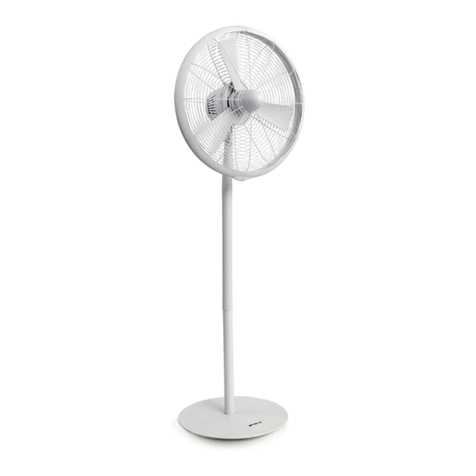
emerio
emerio FN-109083 instruction manual
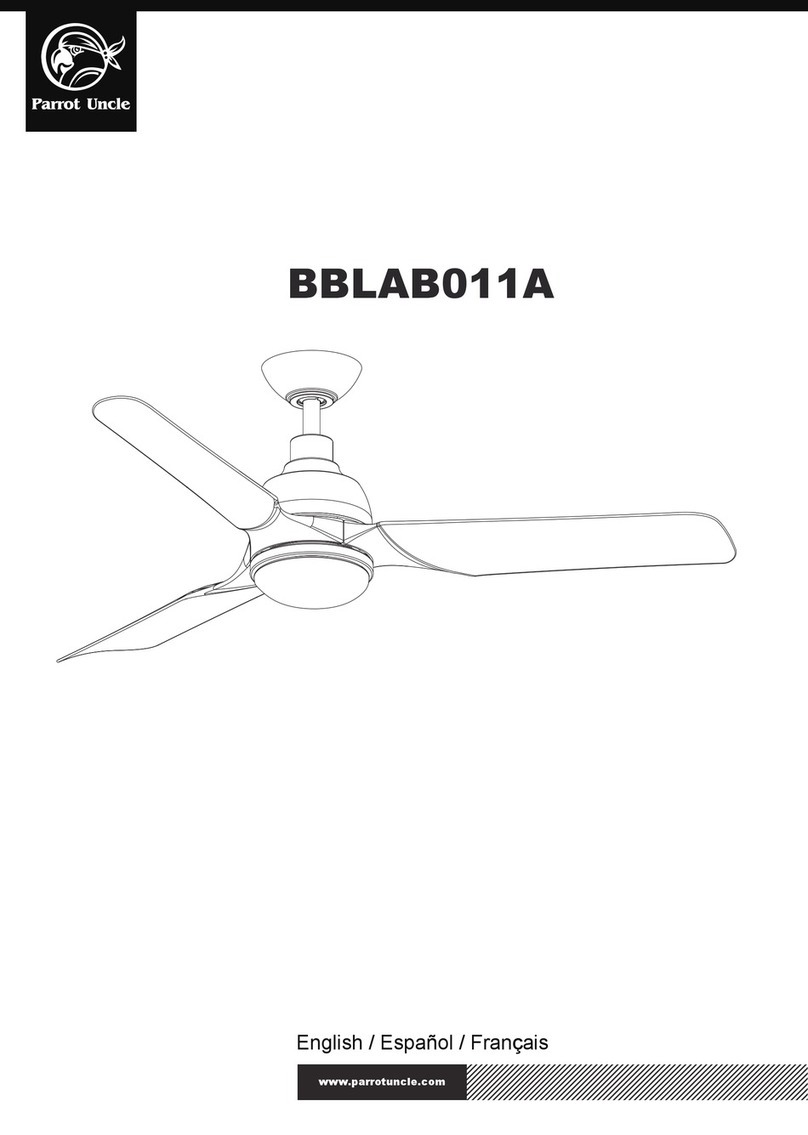
Parrot Uncle
Parrot Uncle BBLAB011A manual
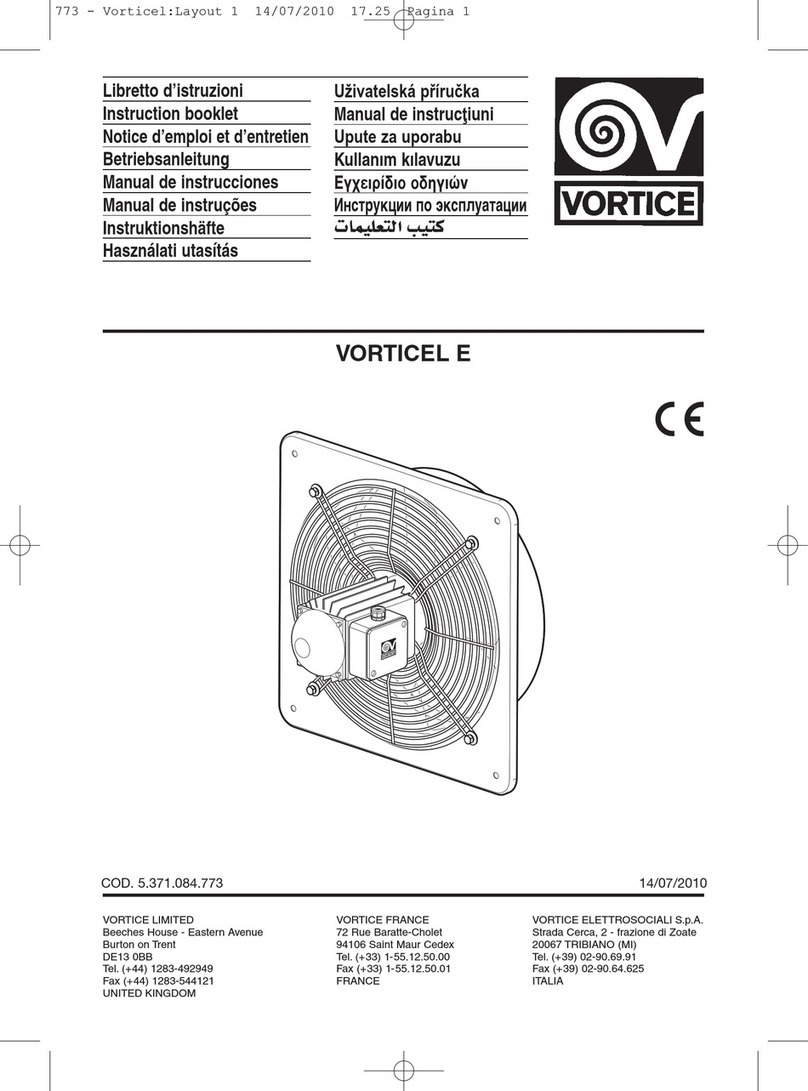
Vortice
Vortice VORTICEL E Instruction booklet

BV
BV BV-BF-03-PLUS Installation manual and user's guide
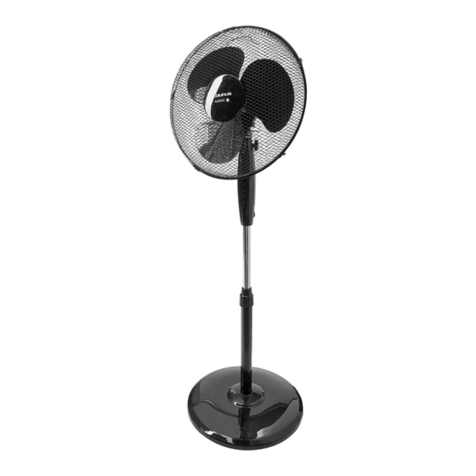
Taurus
Taurus ALPATEC PONENT 16CR ELEGANCE quick start guide
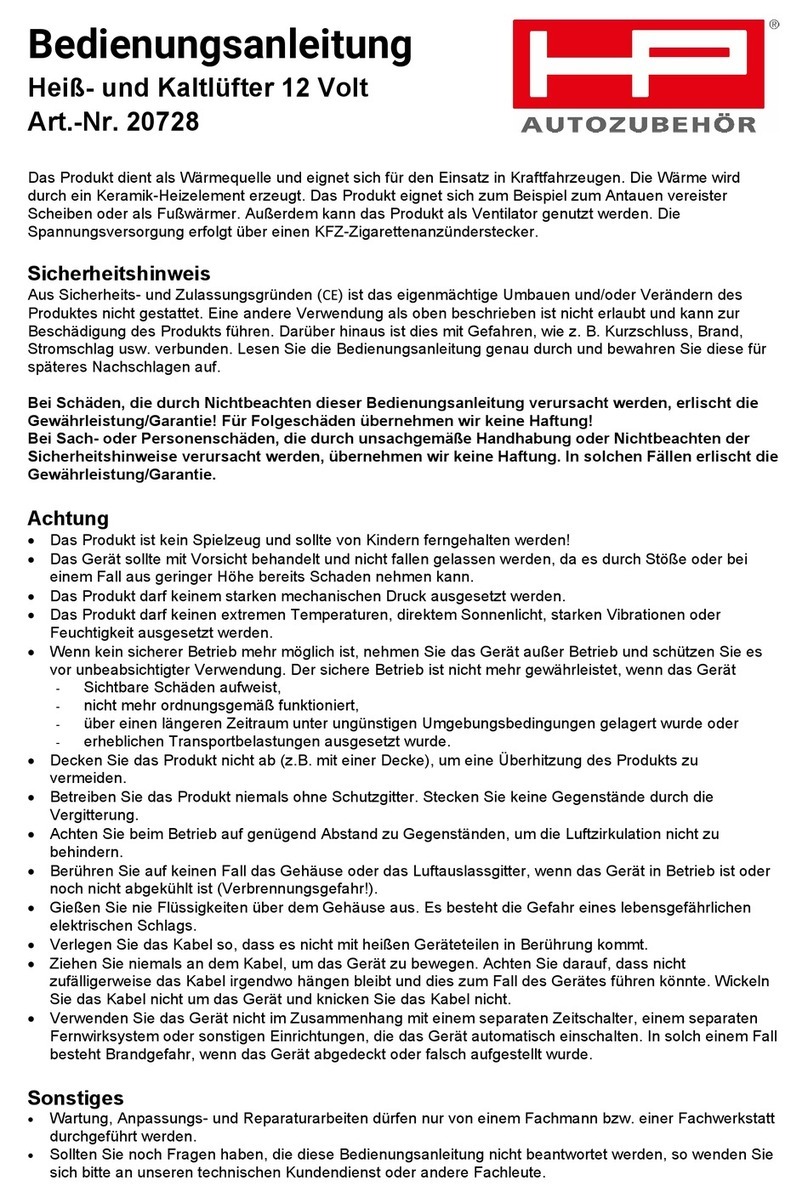
Hans Pfefferkorn
Hans Pfefferkorn 20728 operating instructions
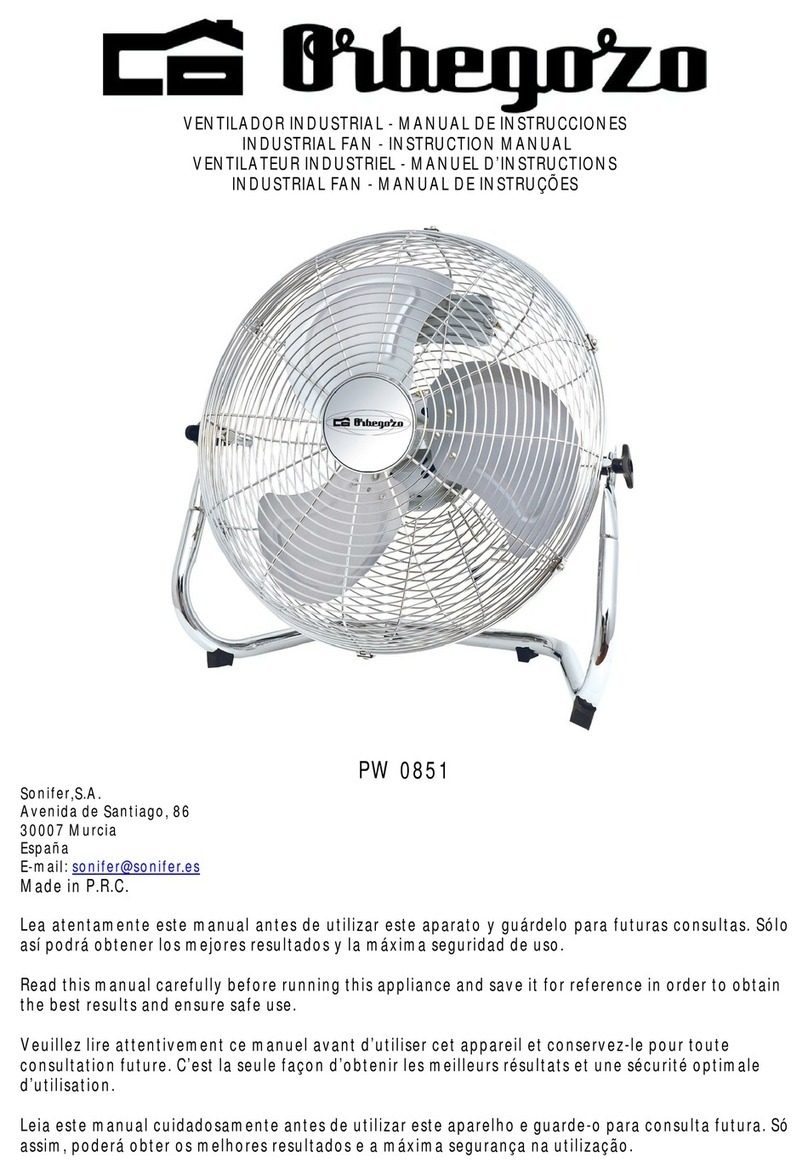
Orbegozo
Orbegozo PW 0851 instruction manual

NuAire
NuAire Drimaster365 Installation and Maintenance Details
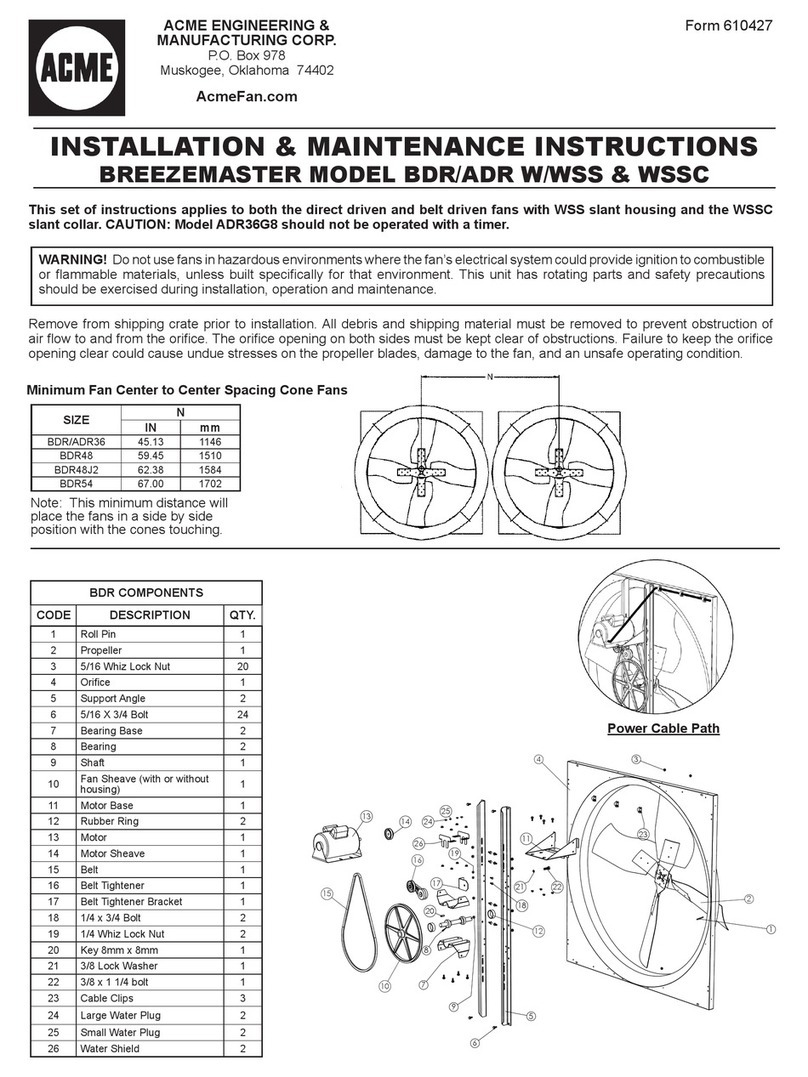
ACME
ACME BreezeMaster BDR36 W/WSS Installation & maintenance instructions
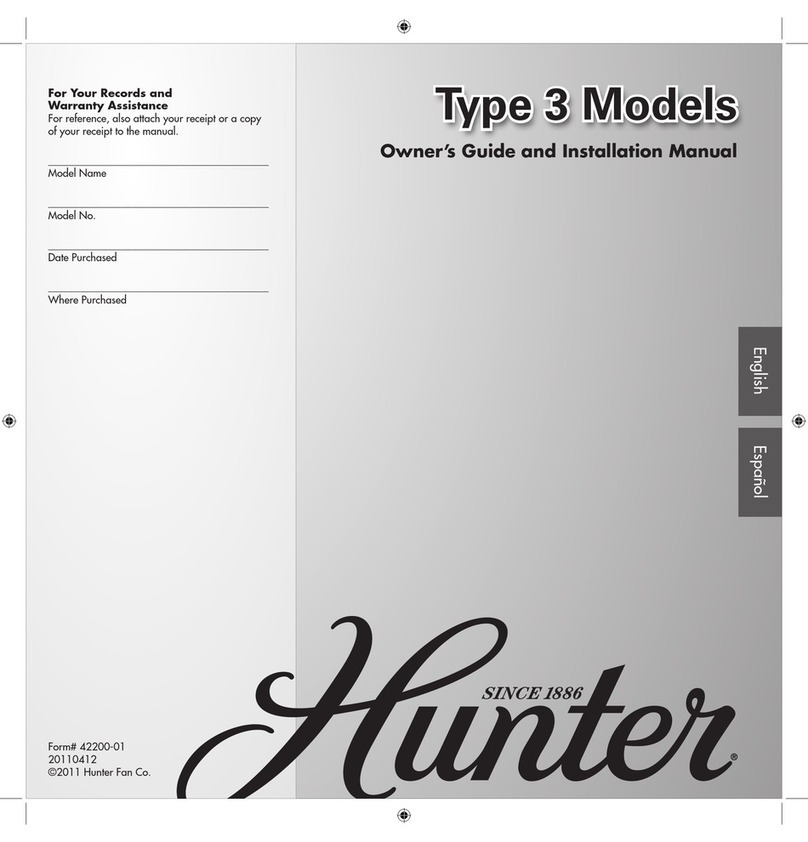
Hunter
Hunter Type 3 Models Owners and installation manual
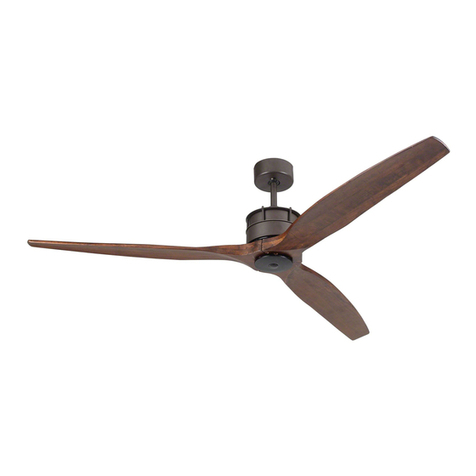
LUCCI Air
LUCCI Air AIRFUSION AKMANI Installation, operation, maintenance & warranty information
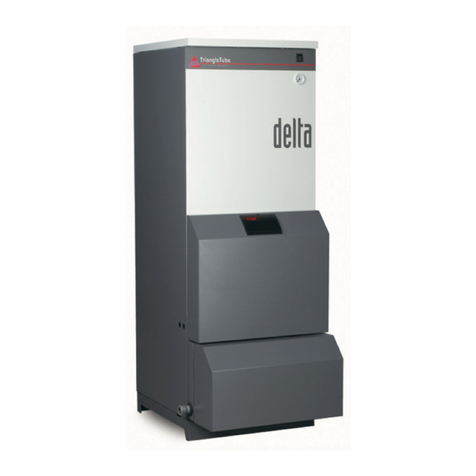
TriangleTube
TriangleTube The Modulating delta instructions
